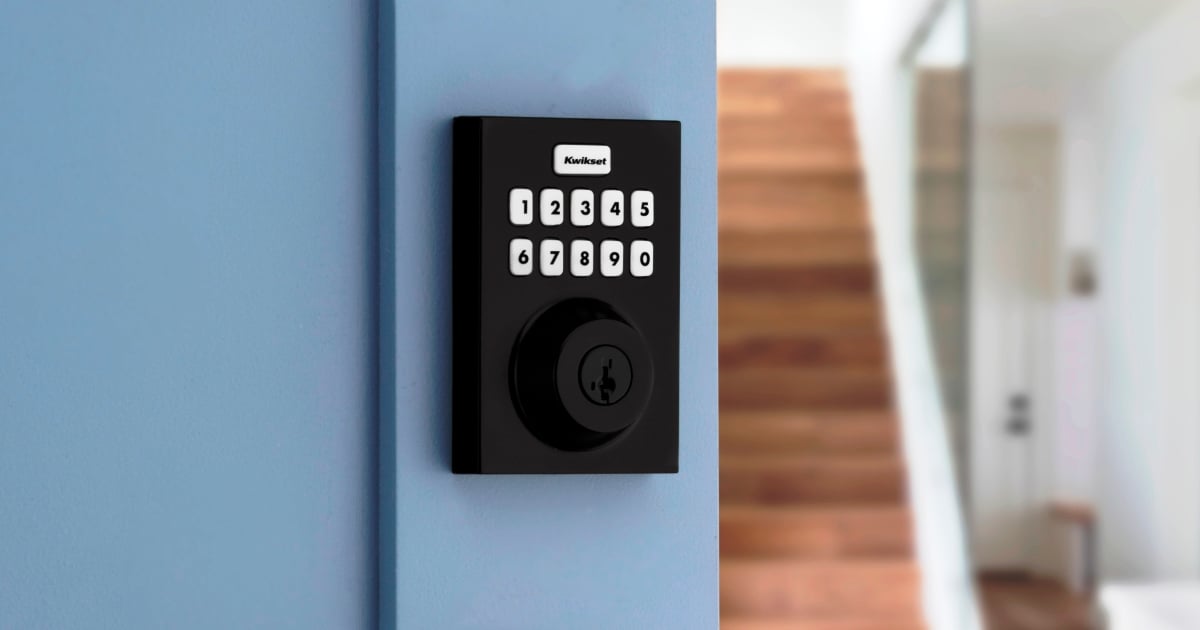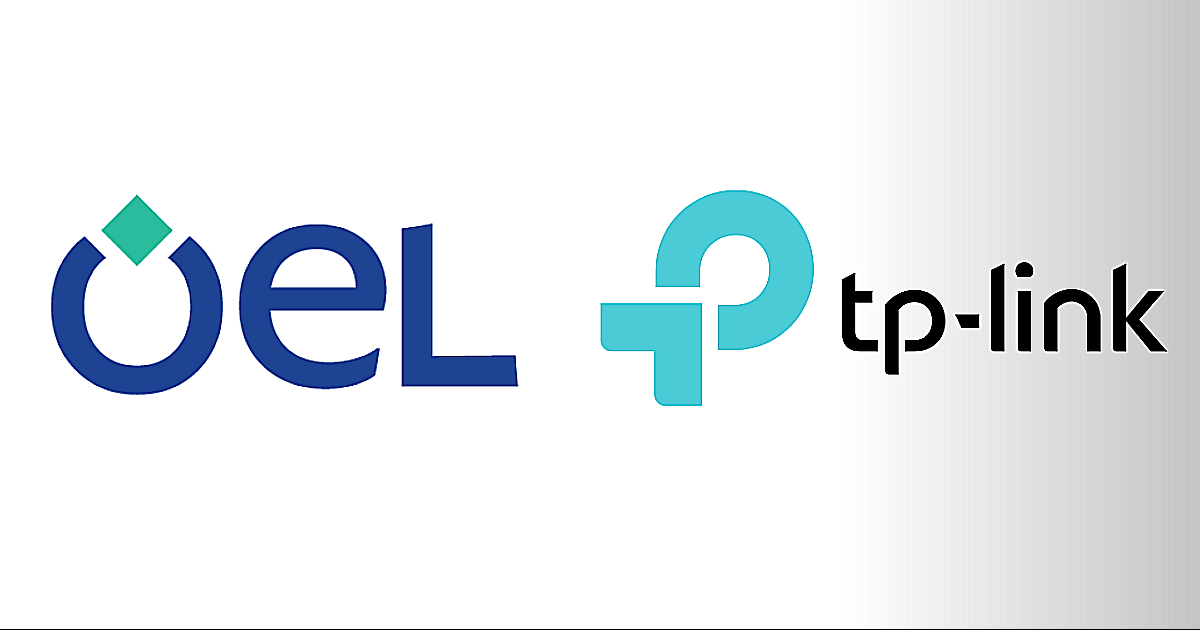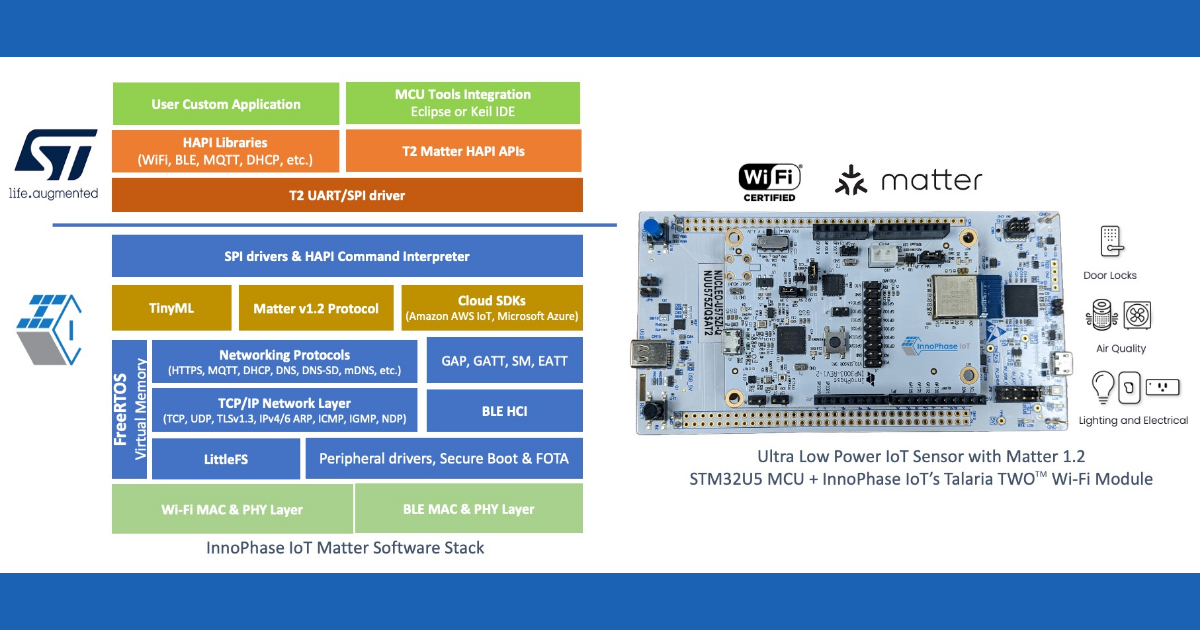
This past June, Tuya (also called Tuya Smart) was listed as a top-growing company (i.e. in terms of influence, industry innovation, etc.) on Fortune China’s list of key, stand-out companies, especially for what it’s since labeled the Enterprise Service sector. Fortune China details seven total sectors that companies embark into, innovating frontiers for SMBs and global organizations alike. Currently, Tuya Smart holds the title of being the “No. 1 Internet of Things PaaS provider in the world” when discussing shipment volume. Operating under an intensive B2B2C business model, Tuya’s IoT platform has engaged a massive community of more than 700,000 developers, from New York to Hong Kong.
Since then, Tuya has set its sights on another specific sector, another emerging market: Home Energy Management System, or HEMS.
See, in the nine years since its founding – and after the company established what has now grown into a long-term cooperation with Amazon Web Services (AWS) – Tuya has provided IoT services to 220 countries and regions, but the HEMS market hasn’t yet been fully tapped.
So, Fortune China sat down for an exclusive interview with Ms. Jingdan Na, Tuya’s Vice President of Marketing and Strategy, as well as the company’s Chief Marketing Officer.
Here are the biggest takeaways from that conversation:
- HEMS has emerged as a market with very promising prospects. Na believes that the synergy of “technology, platform, and reputation” are what drive collabs between Tuya and numerous IoT ecosystem developers. So, why not extend that same synergistic approach to HEMS? It’s an entry point for the integration of IoT and “new energy,” and it’s consistent with how carbon peaking/carbon neutrality goals can be realized.
- In that vein, HEMS aligns with the goal of fighting changes brought on by global warming and the fears of climate collapse. This summer has been hot, yeah? Extraordinarily. According to the U.S. National Oceanic and Atmospheric Administration (NOAA), the global average temperature has exceeded 17 degrees Celsius for the first time. And just a day later, the record for “the hottest day on Earth” was literally broken. (Again.) So in response, the World Meteorological Organization (WMO) urged countries to prepare for impacts on humans’ health, ecosystems, and – inevitably, of course – the economy. So, let’s speak to a single economic impact, i.e. “high-energy-consuming” appliances that have become extremely necessary (like powerful air conditioners). From an economic viewpoint, it’s so obvious that consumers need them. But from a *human* standpoint? They’re direly necessary. So, as Na pointed out, HEMS will be pivotal for the future of smart home technology.
“According to global electricity data,” Na said, “electricity consumption on the residential level accounts for 36.6% of total societal electricity consumption. In many places throughout Europe, electricity control is still manual and many homes lack air conditioning entirely. So, there should be new technologies to drive the full digitalization of HEMs.”
- What are the savings? HEMS has “helped regular households in the U.S. and Europe save roughly 30% of their energy usage each year, saving over $400 in electricity bills per year.” And, with the modernization and prevalence of IoT, it would be wild to think that HEMS doesn’t have a clear path to the market.
- And what of product commercialization? Na summarized this well. “Smart devices with power-saving functions, such as smart plugs and thermostats, are integral parts of smart homes. Tuya’s product concepts are aimed not only at building interconnected systems of smart devices like these, but also to achieve precise electricity consumption data analysis – through HEMS – to achieve real energy conservation and emission reduction.”
Though the conversation went even deeper (feel free to read the full press release here) and it is certainly worth a deep dive, it’s clear that Na (and Tuya, as a whole) are looking to capitalize on an explosive HEMS growth trend and place itself at the forefront of the HEMS deployment cycle to seize an early advantage against competitors, sure, but also (coupled with their collab with AWS) to globalize HEMS and provide reliable services to humans in need.
“We must be able to serve global customers’ needs in a timely manner,” Na said. “That is the imperative.”
Edited by
Greg Tavarez





